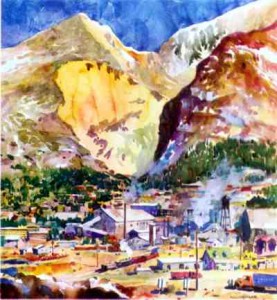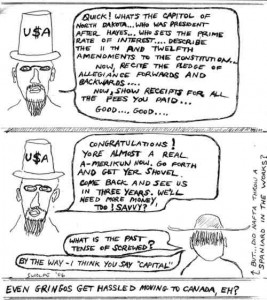Brief by Central Staff
Livestock – June 2006 – Colorado Central Magazine
Mules and donkeys will soon rejoin the United States Army, and to start the process, 31 soldiers from the 10th Mountain Division spent most of a week near Powell, Wyo., learning how to work with pack animals so they can be used in high and rugged Afghanistan.
In the original World War II days of the 10th, when it was based at Camp Hale north of Leadville, mules were part of the team. The outfit is now based at Fort Drum, N.Y., but has many soldiers in Afghanistan.
Justin Sax, a second lieutenant who grew up in Cody, Wyo., explained that “Our best helicopter goes to 14,000 feet, so anything above that, we have to move by truck,” and there are a lot of high places where trucks can’t go. “This way, we hope to bring the fight to the enemy in places we haven’t been before.”
So the soldiers went to Wyoming for specialized training from the U.S. Forest Service and local outfitters who use donkeys and mules. Ron Ostrom of the U.S.F.S. said the process is about the same, whether for martial or pacific pursuits. “You pack it and load it pretty much the same way,” he said. “In the Forest Service, we use different tools and saws and camping gear, and these guys have got their MREs, water, guns, explosives, and their stuff that they need.”
The five days of training involved tying hundreds of knots and packing and repacking the animals. The men also learned how to tend the animals and how to select healthy ones when acquiring livestock.
About half the soldiers had previous experience with livestock, but Ostrom said the others learned quickly — nothing is quite as educational as a swift kick from sharp hooves.
After their return to Fort Drum, the muleteers will train other soldiers. David Little, historian for the 10th, said that division commanders had discussed using pack animals ever since it was first deployed to Afghanistan in the wake of the Sept. 11, 2001, attack on the United States.
The soldiers had been using multiple helicopters to ferry soldiers into combat areas and drop them off, and a few days later, they would be resupplied by helicopter. “But that helicopter resupply gives your position away,” Little said, while a mule train is “not as visible to someone on the ground.”


